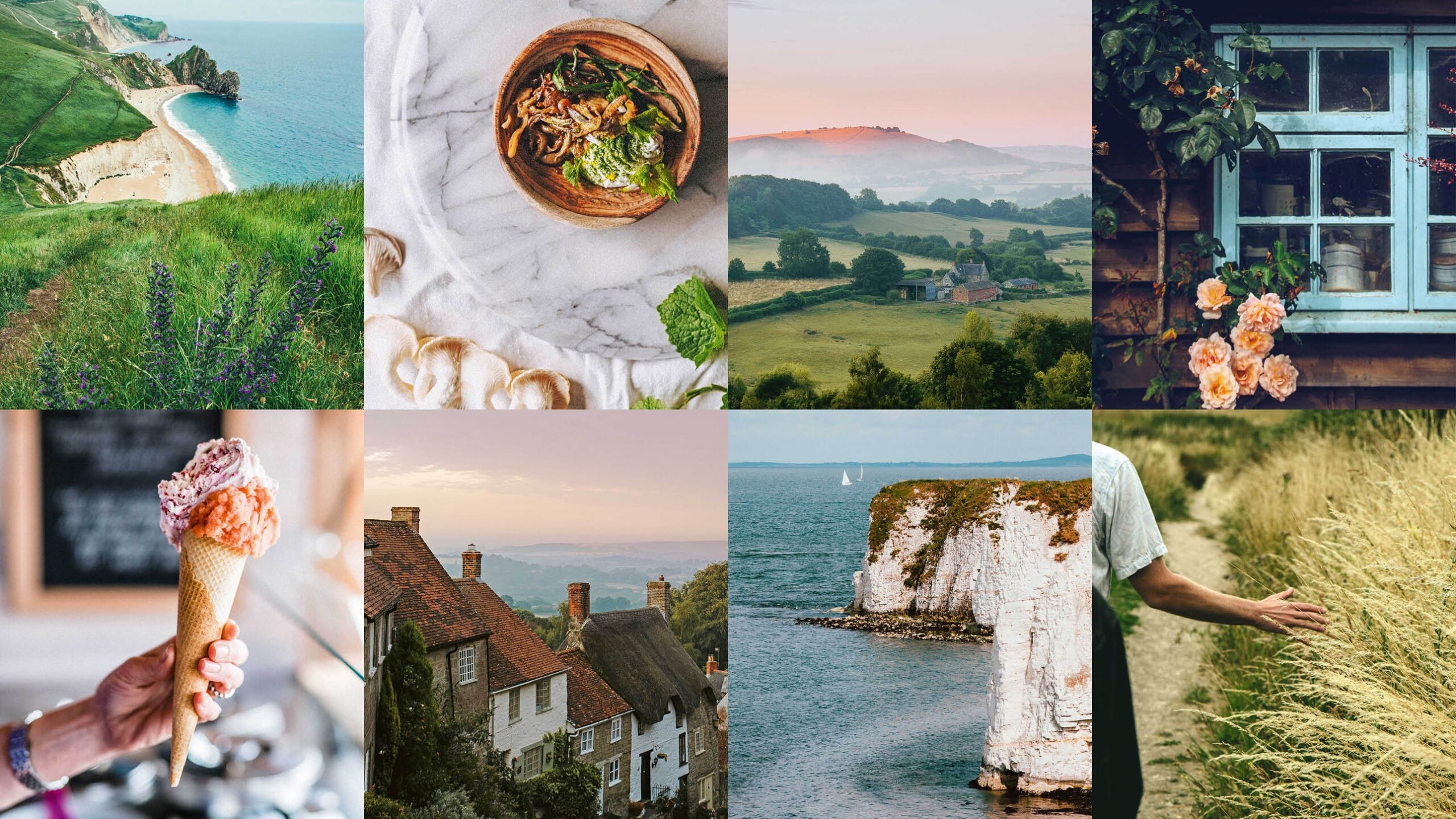Exploring Dorset: A Hidden Gem in the UK Countryside
The cottage stood in a wood in deepest Dorset. It was small, almost dainty. It could have been the setting for a bedtime story, perhaps something involving gingerbread or cloaked wolves.
When I pushed open the door, I found myself in a cozy room lined with old books. I had the sense that the occupant had just stepped out and would return momentarily. I listened for footsteps, perhaps a voice from the stairs. But the house was still. Birdsong drifted through the open window. On the far wall were black-and-white photographs that deepened the unreal sense of the place. They showed a young man with piercing eyes in the traditional headdress of the Bedouin of the central Hejaz – an Aladdin, perhaps, in a West Country wood.
Now owned by the National Trust, Clouds Hill was the last home of TE Lawrence – Lawrence of Arabia – whose exploits among Arab partisans in the Middle East made him famous. The celebrity was unwelcome. Therefore, he changed his name to TE Shaw and retreated here to Dorset, that most rural of English counties, to this little cottage in the parish of Turners Puddle, by the River Piddle. In the last years of his life, Dorset gave him what he needed: simple bucolic beauty, peace, and quiet. In the evenings, as the shadows lengthened, Lawrence would climb the hill behind the house to enjoy views across heathland towards the meandering valley of the River Frome and the village of Moreton where he would soon be buried.
Among the illustrious visitors to Clouds Hill was Thomas Hardy, the county’s famous novelist and author of Far From the Madding Crowd. This region, Hardy wrote, ‘was partly real and partly a dream country’. When I came to live here some years ago, it was easy to fall for the Arcadian image, a world of country lanes and manor houses, dappled woods, chalk downs, village greens, and tolling church bells. There is an innocence and delight about it that appeals to a childhood nostalgia.
However, the reality is more challenging and exciting. There may still be cream teas and thatched cottages, but in the past 20 years the county has come alive with entrepreneurial initiatives fed by a new generation keen to escape crowded living and city rents, infusing it with fresh energy.
Dorset’s Unique Character
Dorset’s saving grace has always been its distance from London, about two to two-and-a-half hours by car or train. It escapes the suburban feel of the Home Counties, of commuters and golf clubs. Here, arrivals are people who want to make it their home rather than a second home. Most four-wheel drives are still muddy tractors, not shiny Range Rovers.
It has always remained unique, a quirky spot where the melodic place names sound like the invention of a mischievous novelist: Ryme Intrinseca, Toller Porcorum, and more. Even the names of some old Dorset families could have been invented by Dickens: the Strangways, the Gollops, and the Trenchards.
Natural Beauty and Local Delights
Part of its allure is the sense that it never really signed up to the mainstream world. It is one of the few English counties without any motorways. With no cities and barely any large towns, Bournemouth and Christchurch were only added to its southeastern corner from Hampshire in 1974, and to this day, no one really thinks of them as Dorset. There is no cathedral, no university, and the county has never fielded a first-class cricket side, which hardly seems to matter. There are not even that many people. Across a thousand square miles, Dorset is composed entirely of small towns and villages, unspoiled and unselfconscious. In Dorchester, its genteel old-fashioned capital, there are barely 20,000 residents.
What it does have is beauty. Every time I leave the house, my heart swells. The more I explore, the more I am reminded of the variety of landscapes here. The lowing cattle and soft meadows of the Blackmore Vale are simply enchanting. There are sweet hamlets clustered along quiet streams and towns of honey-colored stone gathered around ancient abbeys. There are rugged uplands of Purbeck, ringed by dramatic cliffs and guarded by the ruined stump of Corfe Castle. Moreover, there is the Jurassic Coast, where eager adventurers can find the footprints of dinosaurs, and coastal towns that evoke memories of childhood holidays.
Culinary Experiences in Dorset
The Romans loved Dorset, which is always a good sign. They arrived with wine and olive oil, building grand villas and enjoying the region. Today, Dorset is rediscovering a passion for good food and living. Across the county, designers and architects have transformed crumbling old hotels, creating new emporiums with restaurants led by ambitious chefs passionate about provenance. Hugh Fearnley-Whittingstall’s pioneering endeavors at the original River Cottage opened new directions for foodies.
In 2020 chef Harriet Mansell opened a restaurant in an old Lyme Regis pottery workshop, emphasizing local ingredients and West Country wines. Further, small-scale producers are the backbone of Dorset’s culinary scene. Local businesses produce everything from organic vegan chocolate to award-winning gin, showcasing the innovation rooted in this countryside.
Conclusion
Walking across Dorset offers an insightful experience that connects you to the land. Following in the footsteps of literary giants, you can immerse yourself in the countryside that inspired their greatest works. Moreover, the charm of this untrammeled place, just outside the jurisdiction of the modern world, makes Dorset a unique destination for any traveler.




